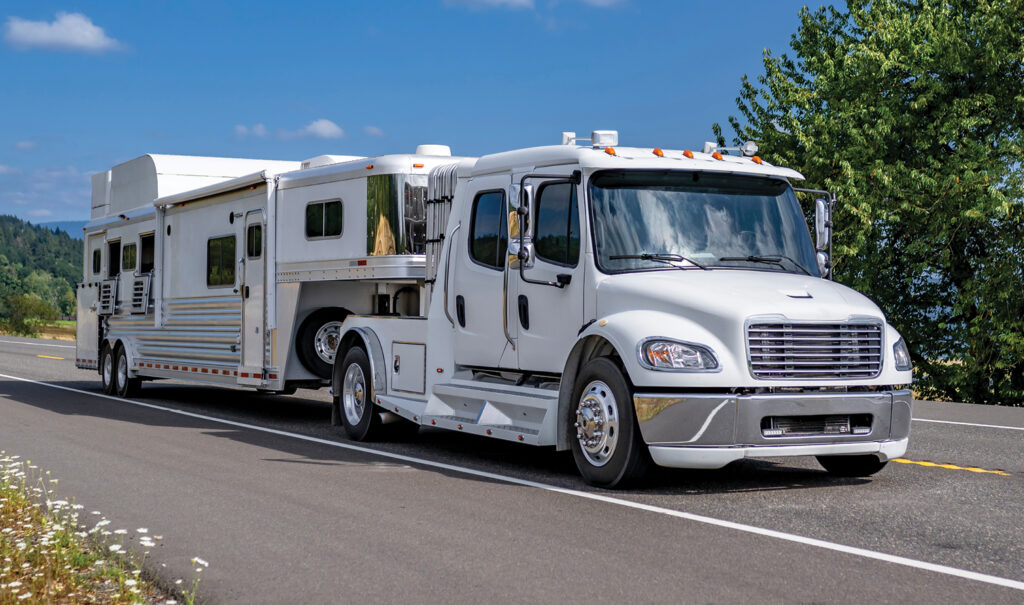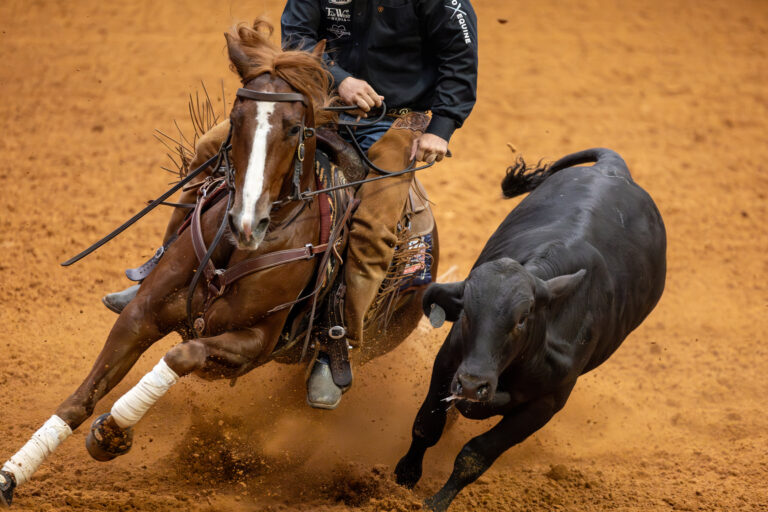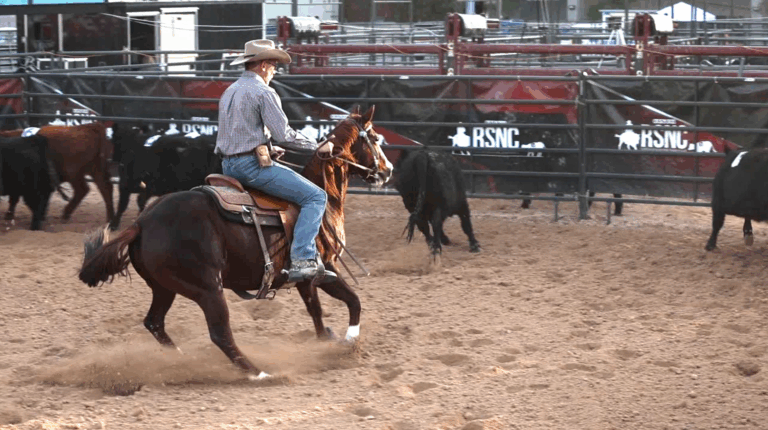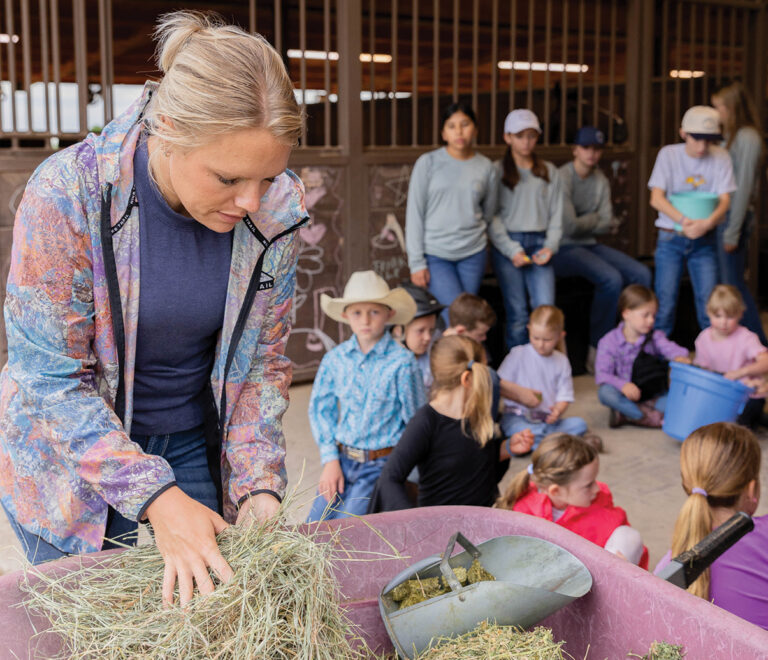
Finally, summertime! It’s time to enjoy adventures and shows with your horse. But first, you have to get there. Traveling with horses during the summer months can present a unique set of challenges. While it may seem as simple as throwing them in the trailer and hitting the road, heat and humidity can affect your horse’s health and comfort, particularly when confined for extended periods.
READ MORE: Do This Now for Stress-Free Summer Trail Rides
Before You Hit the Road
The journey begins before you load your horse onto the trailer. Here’s how to set the stage for a safer, more comfortable trip:
✅ Schedule travel wisely. Avoid the hottest parts of the day. Early morning or late evening departures can keep you from traveling during the hottest parts of the day. Plan stops along your route to break up long trips and prevent overheating.
✅ Hydrate early. Hydrate well beforehand, offering electrolytes, and soaking hay to increase water intake. If your horse is finicky about drinking water on the road, consider bringing water from home or adding flavor to your horse’s water leading up to the trip. This can get your horse used to the taste, and then you can use it to mask strange water.
READ MORE: Fly Control Tips for the Traveling Horse
On-the-Road Cooling Tricks
Once you’re on the road, shift the focus to keeping your horse cool and calm to avoid overheating.
✅ Maximize airflow. Drive with windows open, protected with screens, and roof vents angled to pull fresh air through. Portable battery or plug-in fans can improve circulation. Be sure that they’re out of reach of your horse.
✅ Stop and hydrate. Offer water at every stop. Electrolyte paste or powder can also replenish lost salts and minerals, especially if your horse sweats heavily.
✅ Keep him cool. Avoid using wraps or blankets, if possible. Even padded boots and blankets meant to keep your horse safe can trap heat. Instead, opt for cooling-specific and breathable gear.
It can be tempting to want to hose your horse off, especially if they’re sweating. However, wet coats can trap heat in a confined trailer, causing further overheating. If you do use the hose, make sure your horse is completely dry before getting in the trailer again. For quick cooling, use rubbing alcohol on the neck or shoulders to assist evaporation.
✅ Break up the trip. Stop every three to four hours to offer water, check vital signs, and allow for a short break. Keep stops brief to avoid temperature build-up inside the trailer. Park in the shade and open vents.
When you stop, avoid congested rest areas or truck stops. Noise and heat from other vehicles can add stress and cause your horse to generate even more heat.
✅ Sometimes sleepover. If your trip is longer than 12 hours, plan an overnight stop at a horse hotel or boarding facility. This allows your horse to rest and de-stress from the heat and movement of the trailer.
✅ Monitor on-the-go. Use a trailer camera to monitor your horse on the road. This allows you to look for signs of distress without stopping and opening the doors, causing a temperature shift.
READ MORE: Charlie Cole of Highpoint Performance Horses on Beating the Summer Heat
Signs of Overheating in Horses
Even with all precautions, horses can still overheat. Watch for the following signs of heat stress or heatstroke:
- Profuse or no sweating: Both excessive and absent sweating are red flags.
- Rapid breathing: A resting respiratory rate over 40 breaths per minute is concerning.
- Elevated heart rate: Anything above 60 bpm after rest may indicate trouble.
- Lethargy or agitation: Look for dull eyes, reluctance to move, or restlessness.
- Muscle tremors or weakness: These are late-stage signs of serious overheating.
- Dark, sticky gums or prolonged capillary refill time: Check hydration and circulation regularly.
If you notice any of these symptoms, pull over immediately, get your horse out of the trailer if it’s safe, and contact a veterinarian. Cool your horse slowly with fans, shade, and sips of water while waiting for help.
—H&R—




